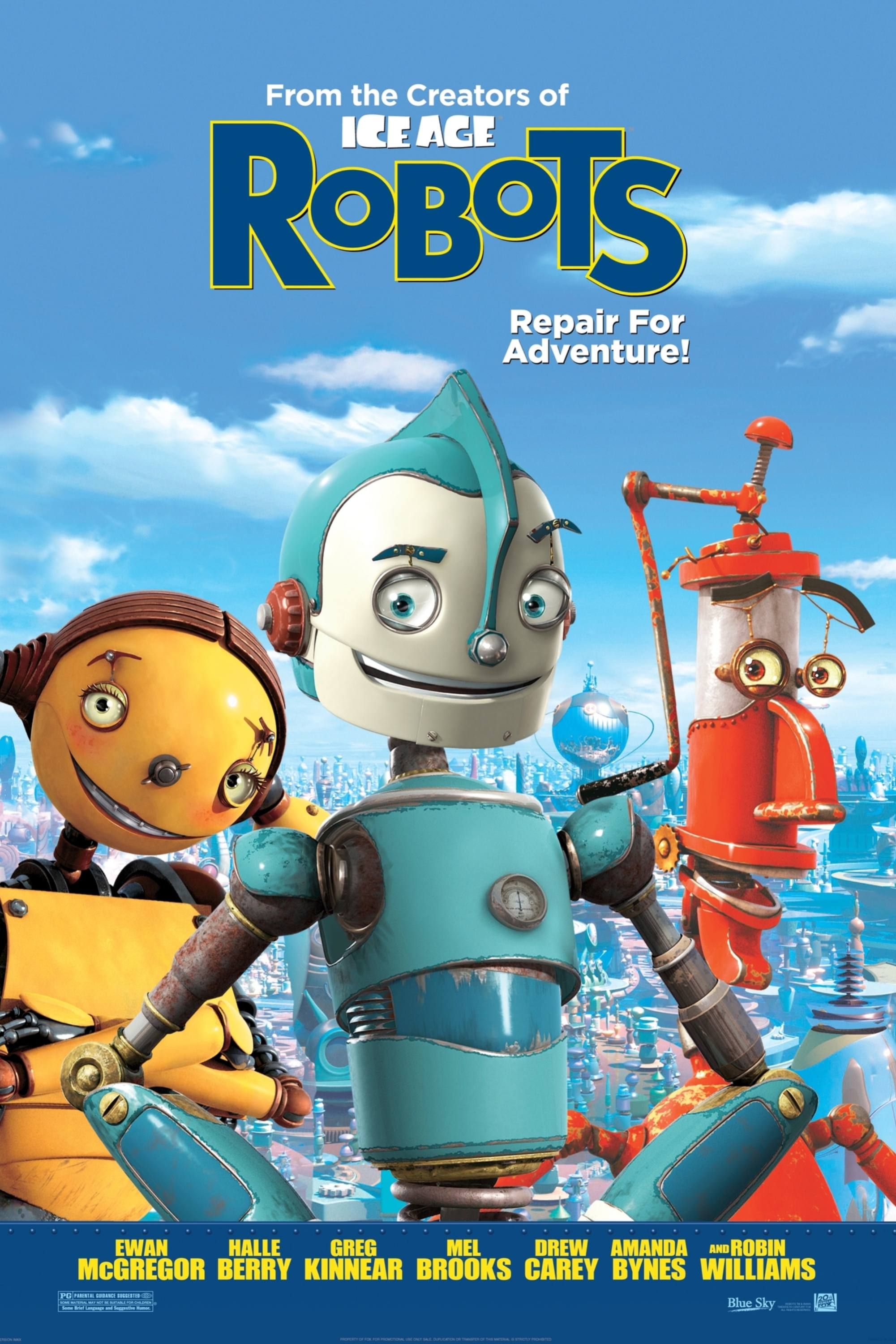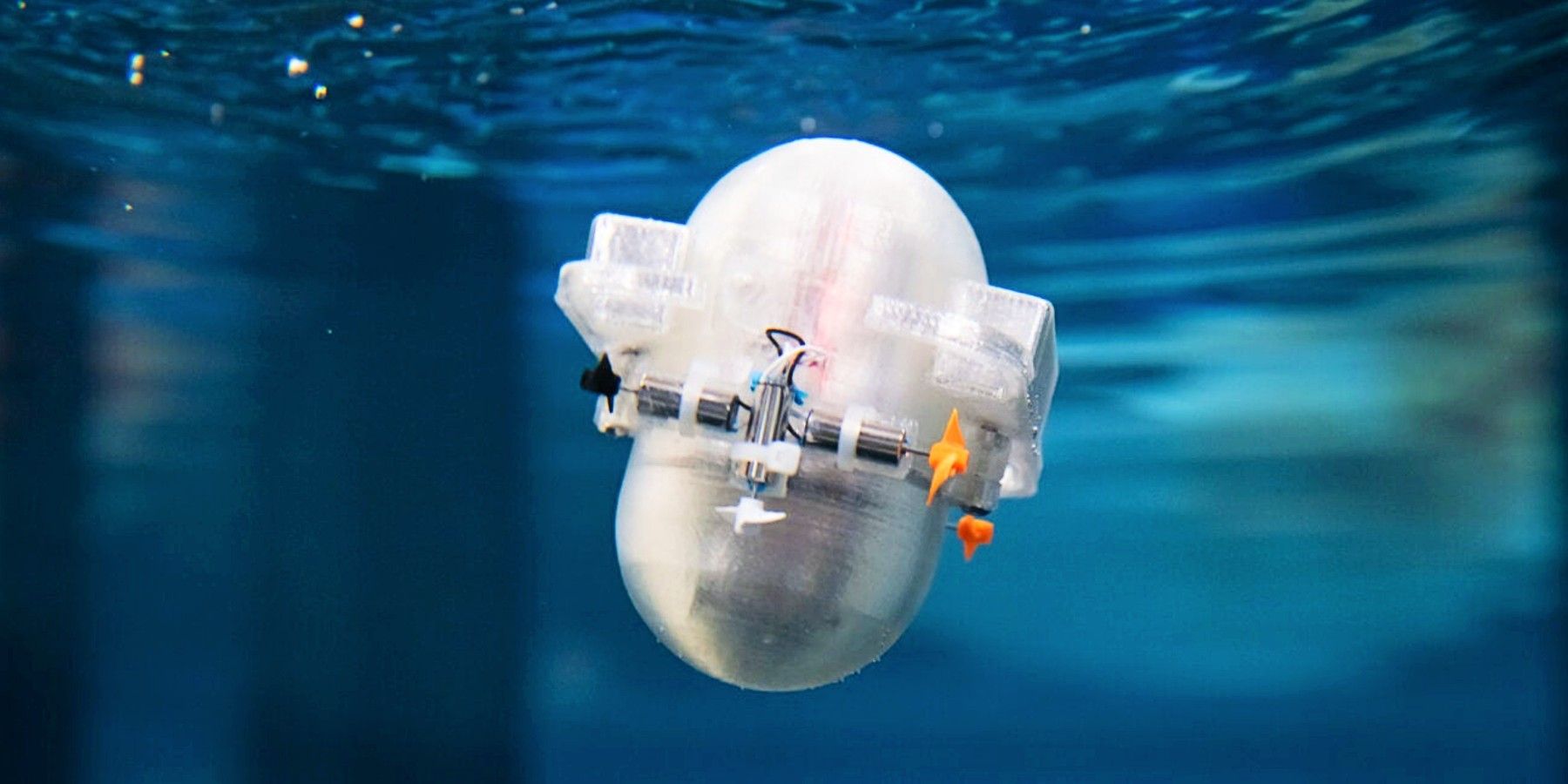Robots
Caltech engineers create a tinyrobotthat fits in the laurel wreath of a hand and is learning how to pilot the sea all by itself . Ocean study are of the essence in thefight against climate change . The oceans are the least explore environment on Earth and their extension and depths mystify a serious challenge for research efforts .
Shocking as it may be , scientist at NOAA the National Oceanic and Atmospheric Administration say that only 5 % of the ocean has been amply charted . Drones are present as a low - price , efficient solution for sea exploration , as drones can go where man ca n’t and gather essential data . But navigating the ocean is difficult , anddrones that can do the task do n’t arrive tacky .
Related : Robots Are Learning The Basic Human Skills Of ‘ aid Or Sabotage ’

Engineers from Caltechworking with Harvard and ETH Zurich developed a radical coming for ocean geographic expedition . It ’s a tiny smart robot that is not only learning how to navigate the sea but doing it on less than half a V . The squad put together the robot in a small 3 - D print case . Its element are all off - the - ledge and can be buy for a couple of dollars . But the coding inside the tiny onboard system panel is what makes CARL , the small golem , unique .
Nature Nurtures Digital Nature
CARL is the first of aswarm of midget bots that one daywill sail the oceans all autonomously , spend a penny decisions on where to go and how to get there more expeditiously . The small golem first existed as an AI digital pretense . It was take to reach a aim on the other side of a twirling current using a speed slower than the current itself . Amazingly , CARL found a way to use the force of the current and hit its quarry . After multiple tries and teaching itself with a process known as “ reinforcing learning ” CARL had a 99.9 % success rate in reaching its destination .
Once CARL had the virtual simulation pinned down and under control , Caltech engineer decided it was time for it to have a torso , so they work up one . CARL is different from any other ocean laggard . It may super tiny and exceedingly cheap but it has a processing pep pill of 60 microseconds powering its determination . It swims using 6 tiny motors , and with that blend power it can go up , down , left , right , forrader , and back , or birl about its own axis vertebra . But itsreal skill is its AI masteredin fluid dynamics . CARL not only infer the voice communication of sea currents but can expend them to get where it needs to go , and CARL is set out smarter every time it dives .
The mind of using currents and fluid dynamics may be new in drones and technology but not raw for nature . Birds and shoal of fish use electric current and can even pull up energy from turbulency . They use that free energy to gain elevation , dip , or stay perky , spend slight to no energy . Caltech engineer believe that in the futurity a swarm of CARLrobotswill be usedto study climate change , the depths and shores of our oceans , survey corals and ocean life , and lend to the scientific understanding of our satellite .

Next : AI Researcher say Big - Tech Is Doing It All untimely
Source : Caltech

Photo via Caltech. CARL inside tech.
